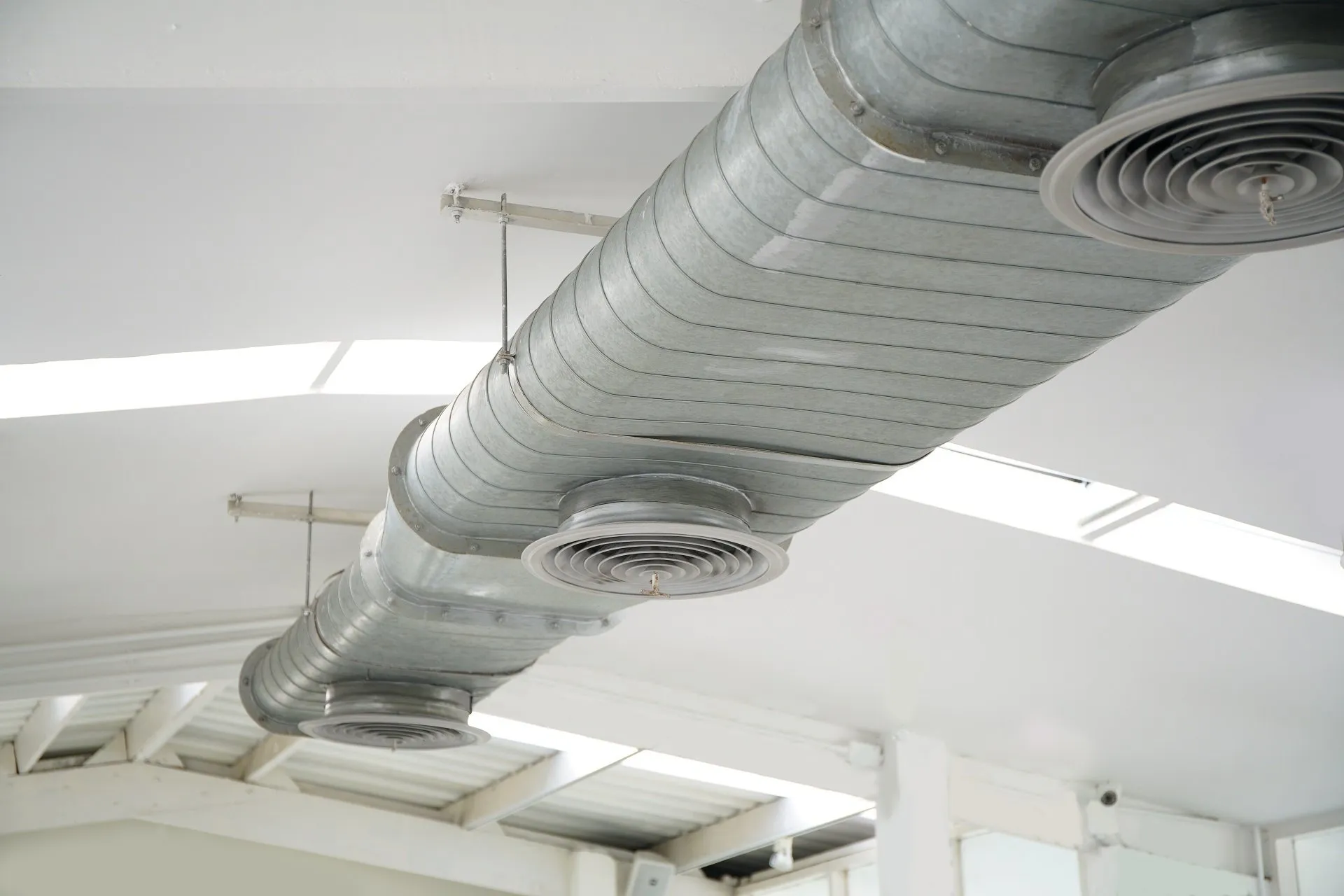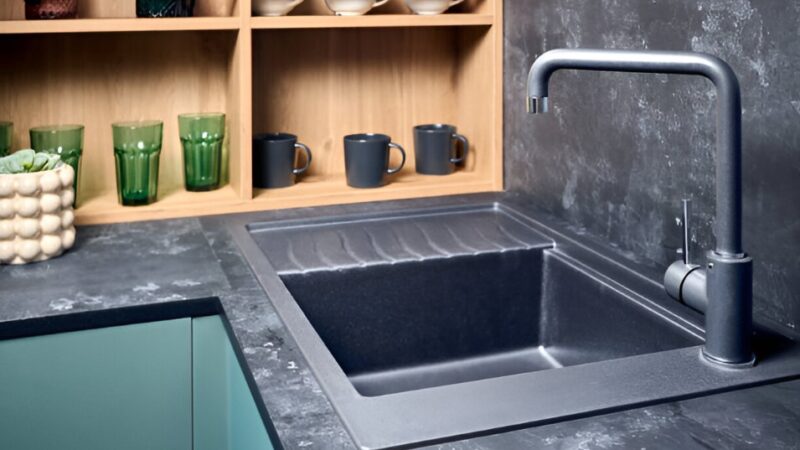Common Problems with Ventilation Ducts

The different types of common problems encountered with ventilation ducts
Common problems with ventilation ducts can be classified into five categories:
- Dust Buildup : Dust can build up in ventilation ducts, reducing airflow and can also lead to mold growth.
- Warping or rupture : Ventilation ducts can be damaged by collisions, vibrations or extreme weather conditions.
- Leaks : Ventilation ducts can leak, which can cause indoor air to become contaminated with outside particles or harmful gases.
- Obstruction : Ventilation ducts can become blocked by foreign objects, such as toys, clothing or debris.
- Mold : Mold can grow in damp ventilation ducts, which can lead to health problems and unpleasant odors.
Identify and diagnose common problems with ventilation ducts
Warning signs of a ventilation duct problem
Warning signs of a ventilation duct problem may include:
- A decrease in air flow
- Unpleasant odors
- Abnormal noises
- Traces of mold or leaks
Ventilation duct inspection and diagnostic techniques
Inspection of ventilation ducts should be carried out regularly, at least once a year. Inspection can be done visually, by camera or by air flow test.
Visual inspection can detect signs of wear or damage, such as holes, cracks or deformation. Camera inspection allows you to view the interior of ducts and detect hidden problems. The air flow test measures air flow in ducts and detects any obstructions or leaks.
Assessment of the extent and severity of the problem
Once the problem is detected, it is important to assess its extent and severity. This helps determine the most appropriate solution.
If the problem is minor, it can be resolved with a simple cleaning or repair. If the problem is more serious, it may be necessary to replace the liner.
How to solve common problems with ventilation ducts?
Ventilation ducts are an essential part of a building’s ventilation system. They allow fresh air to be transported from the outside to the inside and stale air from the inside to the outside.
Poor maintenance or faulty installation of ventilation ducts can lead to problems such as reduced airflow, mold growth, and dust accumulation.
It is important to be able to identify and diagnose common problems with ventilation ducts so that they can be resolved quickly and effectively.
Warning signs of a ventilation duct problem
Warning signs of a ventilation duct problem may include:
- A decrease in air flow
If you notice that the airflow from your ventilation system is reduced, this may be a sign of a problem with the ducts. Decreased airflow may be caused by dust buildup, leaks, or duct damage.
- Unpleasant odors
If you smell unpleasant odors coming from your ventilation system, it may be a sign of mold or other contaminants. Mold can grow in damp or poorly ventilated ventilation ducts.
- Abnormal noises
If you hear abnormal noises coming from your ventilation system, this may be a sign of duct damage. Noises can be caused by cracks, holes or deformations in the ducts.
- Traces of mold or leaks
If you see signs of mold or leaks on the ductwork, this is a clear sign of a problem. Mold can grow in damp or poorly ventilated ventilation ducts. Leaks can lead to contamination of indoor air with external particles or harmful gases.
Ventilation duct inspection and diagnostic techniques
To identify and diagnose common problems with ventilation ducts, it is important to perform a regular duct inspection. Duct inspection can be done visually, by camera or by air flow test.
Visual inspection can detect signs of wear or damage, such as holes, cracks or deformation.
Camera inspection allows you to view the interior of ducts and detect hidden problems.
The air flow test measures air flow in ducts and detects any obstructions or leaks.
Assessment of the extent and severity of the problem
Once the problem is detected, it is important to assess its extent and severity. This helps determine the most appropriate solution.
If the problem is minor, it can be resolved with a simple cleaning or repair. If the problem is more serious, it may be necessary to replace the liner.
How to prevent common problems with ventilation ducts?
Ventilation ducts are an essential part of a building’s ventilation system. They allow fresh air to be transported from the outside to the inside and stale air from the inside to the outside.
Poor maintenance or faulty installation of ventilation ducts can lead to problems such as reduced airflow, mold growth, and dust accumulation.
The best way to prevent these problems is to perform regular preventative maintenance on ventilation ducts.
Preventing common problems with ventilation ducts
Preventive maintenance of ventilation ducts includes two essential elements:
- Regular inspection
- Regular cleaning
Regular inspection
Regular inspection of ventilation ducts helps detect any signs of problems before they become serious.
The inspection should be carried out by a professional at least once a year.
During the inspection, the professional will check the ducts for the following signs:
- Dust accumulation
- Deformation or breakage
- Leaks
- Obstruction
- Mold
Regular cleaning
Regular cleaning of ventilation ducts helps remove dust, debris and mold that can build up and cause problems.
Cleaning can be done by a professional or by yourself.
If you choose to clean the ducts yourself, be sure to use the correct products and techniques.
Tips for Preventing Future Ventilation Duct Problems
In addition to regular inspection and cleaning, you can also take steps to prevent future problems with ventilation ducts:
- Choose quality sheaths made from durable materials.
- Have the ducts installed by a qualified professional.
- Make sure the ducts are properly insulated.
- Avoid installing ducts in areas where they could be damaged.
Read Other: Choose the Right HVAC Estimator: A Guide to Maximizing Efficiency






